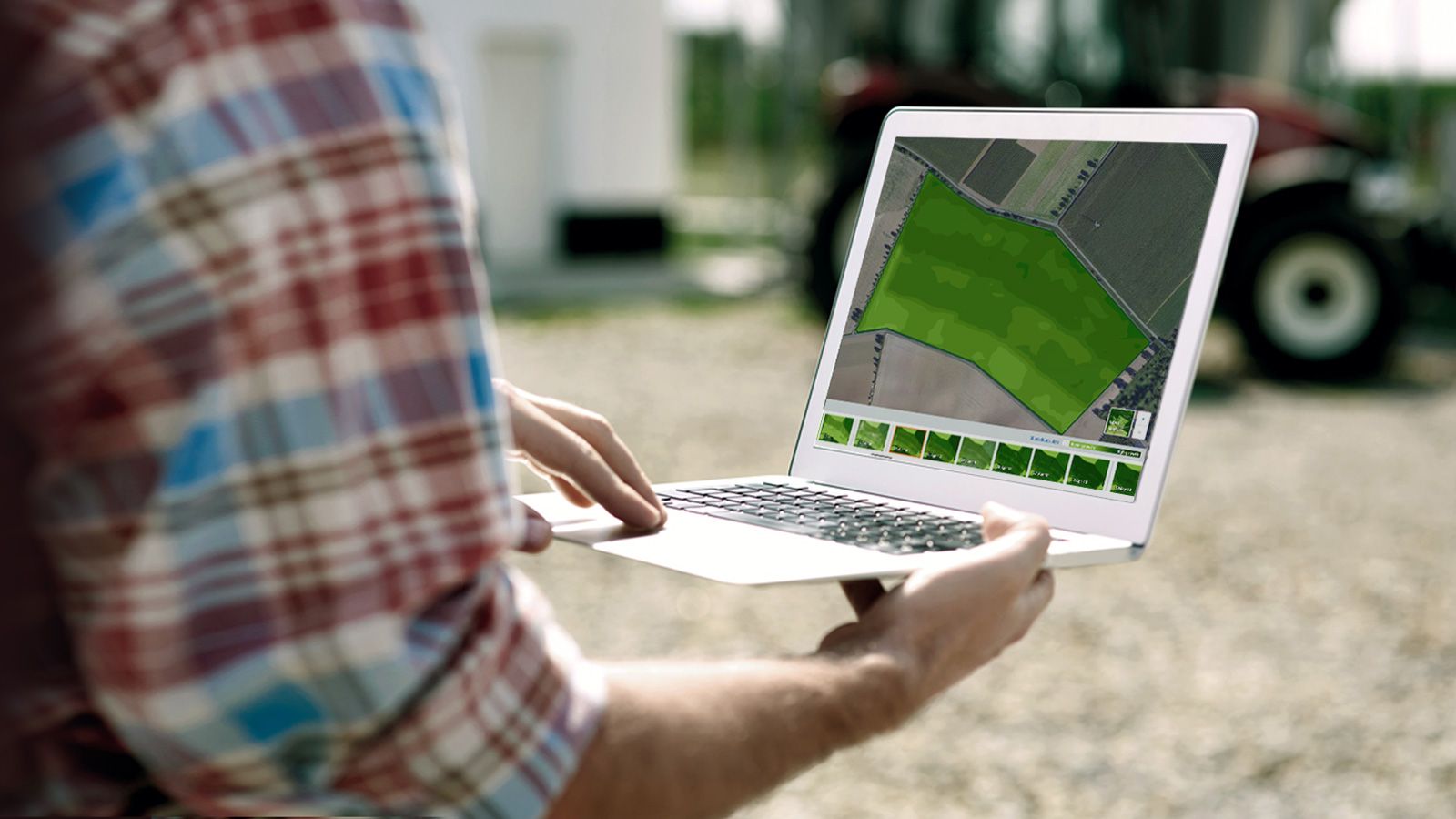Agronomy advice
Digital tools increase Yield and Efficiency
With crops, on the whole, looking good we should think of using digital tools after winter to help keep the crop momentum going in 2023.
Once crops come out of the winter it can be difficult to know how much nitrogen (N) they have taken up, which means the first N application can be a bit of a guess. In order to increase efficiency, it would be better to know the crop uptake before we decide on the N rate so that the crop isn’t over or under-fertilised. A quick and easy way to do this for cereals and oilseed is to use the photo analysis part of the Atfarm app.
It works by taking photos within the app of the crop which are then compared to several 100,000 images within our database. From this we can determine how much nitrogen has been taken up by the crop and translate that into a nitrogen recommendation. This then takes the guesswork out of that first application and could save you wasting fertiliser.
Atfarm has several other functions including biomass monitoring, variable rate nitrogen application (VRA) maps, as well as N-Tester functionality. In spring VRA (both N-Sensor and Atfarm) and N-Tester can be invaluable for increasing nitrogen use efficiency, productivity and potentially decreasing overall nitrogen use.
The N-Tester, in particular, is a very good tool for finding out how much N is in your crop and therefore enabling you to make informed decisions about rates and timings of N as we go through the season. It works by looking at the light passing through the leaf, which is picked up by the sensor in the device. This gives a chlorophyll reading which directly correlates to the amount of nitrogen that is in the leaf, thus enabling you to see how much is needed to get the crop to harvest. By applying what the crop requires, rather than “the same as what went on last year”, the NUE can be increased significantly, which means you’re getting more use out of each kilogram of nitrogen applied.
VRA maps enable you to see, field-scale, how much variability there is in each field and create a map to even the growth, by applying nitrogen to match the variation seen from the crop the field becomes much more even, leading to potential yield increases of around 4%. How Yara’s platform differs from other satellite-based systems is the increased level of variability compared to NDVI alone, having 3x more levels of variation enables much better accuracy of VRA maps.
Currently, the Atfarm platform is free for growers to use to increase their nitrogen use efficiency, therefore definitely worth registering to get access to tools that can make fertiliser applications more efficient and effective whilst also potentially increasing yield.
Try N-Tester BT now by signing up for Atfarm
Try the N-Tester BT now by creating a free Atfarm account and selecting the N-Tester option
Create a new free Atfarm account now Upgrade your existing Atfarm account
Related tools
























































